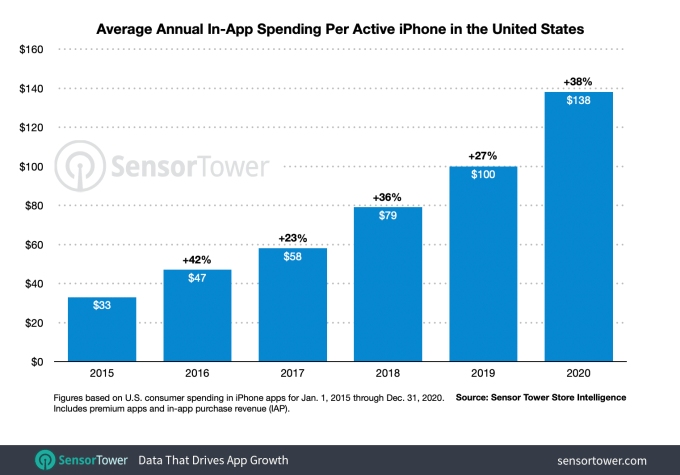By now, all companies are fundamentally data driven. This is true regardless of whether they operate in the tech space. Therefore, it makes sense to examine the role data management plays in bolstering — and, for that matter, hampering — productivity and collaboration within organizations.
While the term “data management” inevitably conjures up mental images of vast server farms, the basic tenets predate the computer age. From censuses and elections to the dawn of banking, individuals and organizations have long grappled with the acquisition and analysis of data.
By understanding the needs of all stakeholders, organizations can start to figure out how to remove blockages.
One oft-quoted example is Florence Nightingale, a British nurse who, during the Crimean war, recorded and visualized patient records to highlight the dismal conditions in frontline hospitals. Over a century later, Nightingale is regarded not just as a humanitarian, but also as one of the world’s first data scientists.
As technology began to play a greater role, and the size of data sets began to swell, data management ultimately became codified in a number of formal roles, with names like “database analyst” and “chief data officer.” New challenges followed that formalization, particularly from the regulatory side of things, as legislators introduced tough new data protection rules — most notably the EU’s GDPR legislation.
This inevitably led many organizations to perceive data management as being akin to data governance, where responsibilities are centered around establishing controls and audit procedures, and things are viewed from a defensive lens.
That defensiveness is admittedly justified, particularly given the potential financial and reputational damages caused by data mismanagement and leakage. Nonetheless, there’s an element of myopia here, and being excessively cautious can prevent organizations from realizing the benefits of data-driven collaboration, particularly when it comes to software and product development.
Taking the offense
Data defensiveness manifests itself in bureaucracy. You start creating roles like “data steward” and “data custodian” to handle internal requests. A “governance council” sits above them, whose members issue diktats and establish operating procedures — while not actually working in the trenches. Before long, blockages emerge.
Blockages are never good for business. The first sign of trouble comes in the form of “data breadlines.” Employees seeking crucial data find themselves having to make their case to whoever is responsible. Time gets wasted.
By itself, this is catastrophic. But the cultural impact is much worse. People are natural problem-solvers. That’s doubly true for software engineers. So, they start figuring out how to circumvent established procedures, hoarding data in their own “silos.” Collaboration falters. Inconsistencies creep in as teams inevitably find themselves working from different versions of the same data set.



